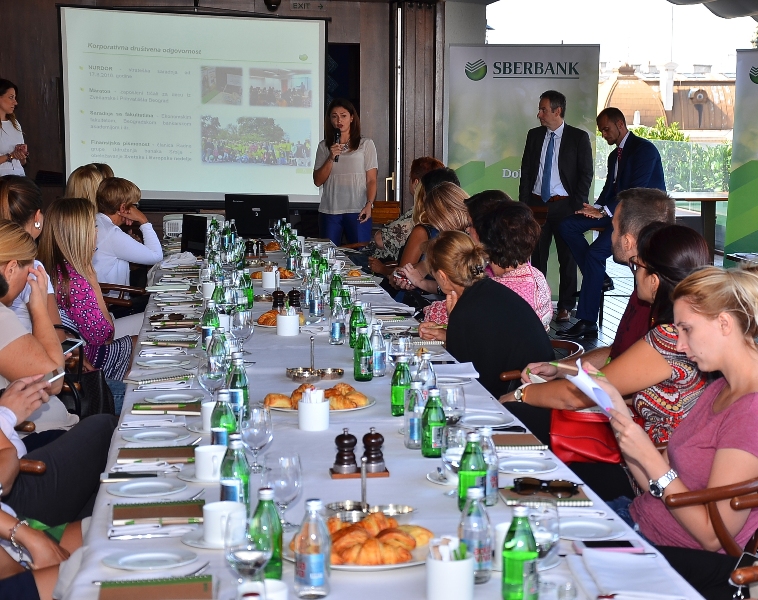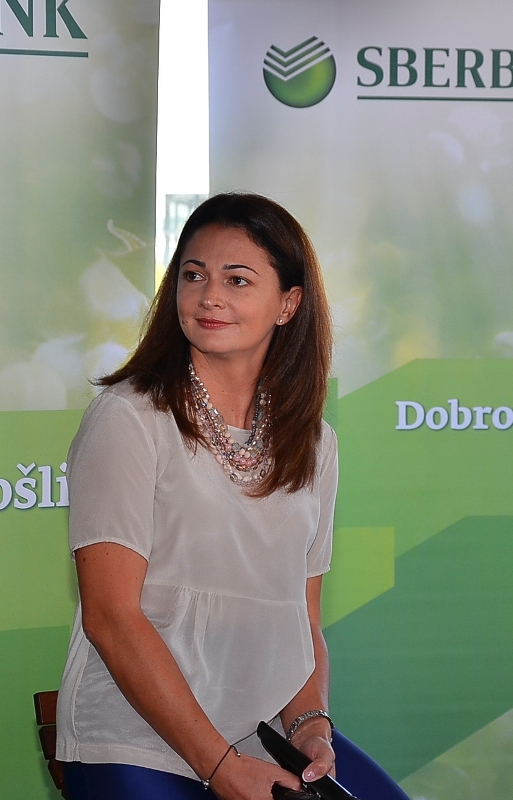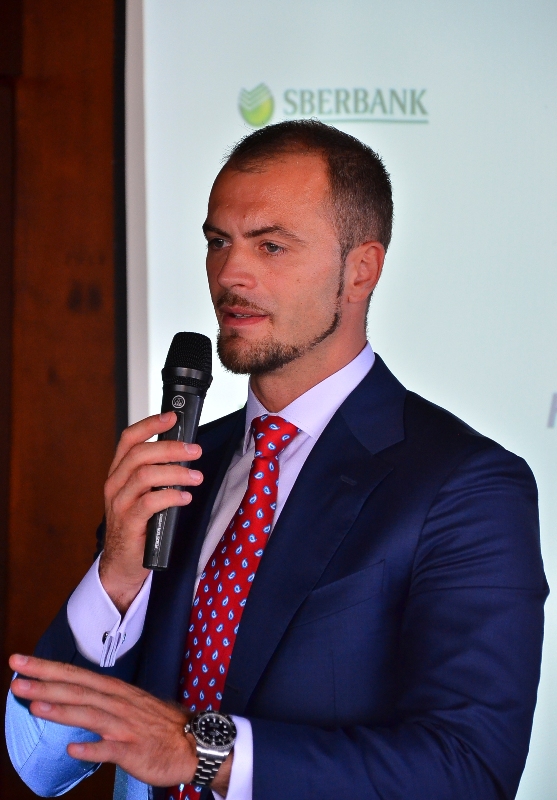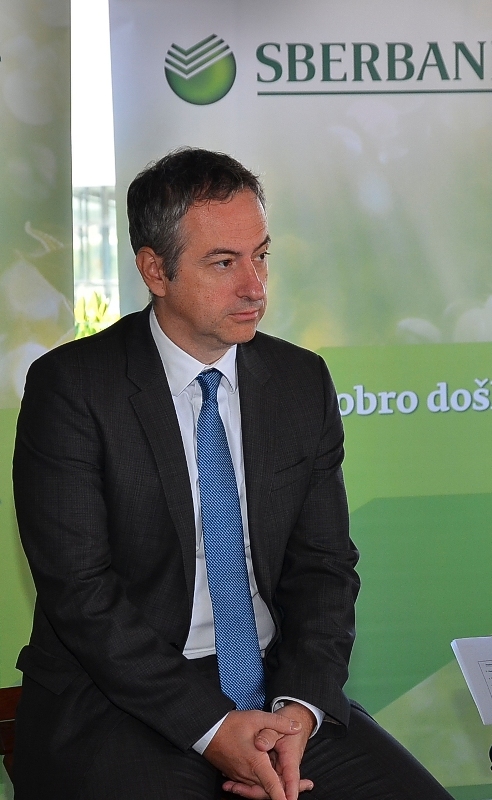Sberbank Serbia saw a growth in personal loans worth 3.3 billion dinars in the first half of the year, which is a 43 per cent increase compared with the same time last year. In the first six months of 2017, the bank’s profits reached 635 million dinars, which is 35 per cent more compared with the same time last year. The recorded result was achieved thanks to an increase in the number of clients, improved efficiency of operations, and optimised operating costs.

The personal lending jump totalled 23 per cent, exceeding one billion dinars. Retail deposits climbed by 10 per cent, amounting to 31.5 billion dinars. The total profit in the retail banking segment reached 477 million dinars, which is an increase of 79 per cent compared with the same time period in 2016.
President of Sberbank Serbia’s Executive Board Mariana Vasilescu commented on the results, “We are extremely pleased with the achieved results — they reflect the success of our business model, which is based on innovation, digitization, quick identification of market demands, and quality service. These profits represent the synergy of numerous initiatives and projects implemented to improve our offering and increase the efficiency of our operations.” She also said: “The increase in deposits is the best indicator of consumer confidence, while the significant jump in personal cash loans of as much as 43 per cent demonstrates that our offering echoes the needs of our clients.”
The bank’s digital services are experiencing a steady increase in the number of retail customers. In the first six months, the number of registered users was up by 20 per cent, with the highest user growth seen in the mobile banking segment—as much as 48 per cent.

Mariana Vasilescu, CEO Sberbank Serbia
Sberbank Serbia was the first in Serbia to enable its customers to pay their bills from mobile phones by scanning the 2D bar code. The new service—called Scan2Pay—is one of its kind on the domestic market, allowing users to pay their bills easier and faster than ever before, with maximum accuracy in entering information. Sberbank Serbia is committed to further development of its digital products and services.
The bank is among the top five ranked by its operating costs share in revenues, while its capital adequacy is steadily increasing and, as of 30 June 2017, it stands at 23.86 per cent.
Lending to small and medium-sized enterprises saw a significant climb of as much as 34 per cent, while the large corporate clients division processed several major transactions resulting from new and previously signed agreements.

Vladimir Bošković, Executive Director for Business with Economy

Vladimir Pajović, Executive Board Member for Finances and Risks
Sberbank Serbia has positioned itself on the market as a bridge connecting Serbian and Russian companies with considerable share in the foreign trade exchange between the two countries.
In addition to offering new products and services, the bank made obvious progress in the first half of 2017 as a result of more efficient cost management and responsible risk management policies, laying firm foundations for further investments in new projects. Innovation and tailored products, as well as service quality, are the strategic directions that will continue to guide the bank’s offering in the future.
Key results achieved in the first half of 2017*:
-
Net profit amounted to 635 million dinars
-
Personal cash loans grew by 43 per cent, or 3.3 billion dinars
-
Retail lending totals more than one billion dinars, which is an increase of 23 per cent compared with the same time last year
-
Retail deposits grew by 10 per cent and amounted to 31.5 billion dinars
-
The jump in registered retail digital banking users reached 20 per cent since the beginning of 2017
-
Loans to small and medium-sized enterprises grew by 34 per cent compared with the same time period in 2016
-
Net fee income grew by 27 per cent and amounted to 668 million dinars
-
The bank is among the top five ranked by its operating costs share in revenues
-
Operating costs have been maintained at the same levels as in the same period last year
-
Capital adequacy stands at 23.86 per cent.
* The information is valid as of 30 June 2017